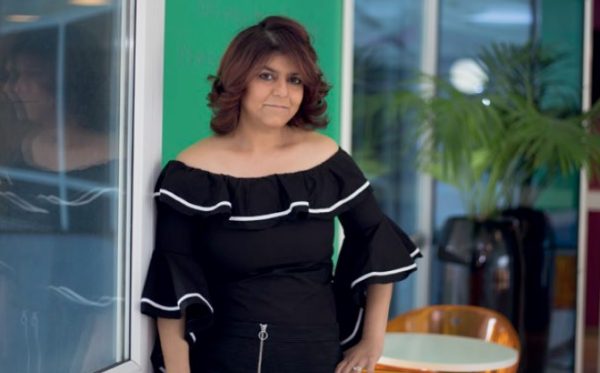
The agency of yesterday, today. A tale of tomorrow
I was digging through my cupboards the other day and found a shoebox full of memories that I aptly named ‘memory box’. Of course, I sat down and took a nostalgic moment to sift through the stuff inside it. I found trinkets and souvenirs from my old work places. After going through a few things, I thought about the full circle our industry has taken. This isn’t an article about the agency of the future being revolutionary or unrecognisable. This is a story of an industry that built itself on trial and error, an industry that swung and still swings like a pendulum in the face of a fan. Why do I say we’ve gone full circle? As the cliché goes, let me tell you where we’ve come from so I can tell you where we’ve gone.
Where do we want our advertising? Everywhere! When do we want it? All the time!
Back in the early 2000s, everyone Different mindset, same principles was desperate to get their brand in every space as many times as possible. They learned that it was all about mass-marketing – and it was, at the time. The more people that saw your brand and your ad, the more likely they were to slide through the marketing funnel into the conversion stage. But today, we use ‘ad frequency caps’. Things have changed a little bit, in that too much of the same ad can appear to be spam and instead have the opposite effect from that desired of the audience. These days we focus on ‘effective frequency’ and use data to fuel our brand stories approach.
From direct-response advertising to big data crunching
Remember the good ol’ days? I sure do. We used to do audience testing very differently from how we do it today. If we received ad copy that was to go live on a million-dirham out-of-home site on a highway, we’d quickly gather a focus group together and test the ad copy before we did it. Today, with the rise of technology we have a much more accurate and efficient way of doing research. We turn data into meaningful insights. We learn about our audience in different spaces. How old are they? What gender are they? How did they react to the ad? What other brands do they like? What are their interests?
Start-ups such as Uber and Airbnb have built their brands by using data and technology and have disrupted the traditional business models .The rise of big data available at our finger tips has created a positive economy of scale for the industry. However, let it be noted that it started with a room full of people within the demographic for a survey. From there, we expanded the audience size more and more till technology let us change the game.
Everyone’s an expert. The rise of consumerism
As one of the pioneers of the advertising industry once said, “The consumer is not a moron. The consumer is your wife.” David Ogilvy’s words have never been more true than now. Think of the hoops you have to jump through to change your partner’s mind once they’ve decided something. That’s your consumer. They aren’t unsophisticated, doe-eyed buyers waiting to hand over their money.
Historically, brands have been built by pushed messages, with ads that gave suggestions about how you should feel or emote or think about a product or service. But that won’t work anymore. Instead, we need to understand hundreds of consumer interactions, ranging from e-commerce experiences to how people are treated in physical stores.
They worked hard for this money and they won’t part with it unless you can convince them to. They grow up being told Santa was an advertising gimmick by Coca-Cola. Selling to them is harder than it used to be. They don’t want to be sold to, they want to be understood.
The only way to suppress the cynic in them that has been trained to think salesmen are pushy an ‘a waste of time’ is to understand your consumers’ journey and be present to tell your brand story to the right consumer at the right time at the right place. With consumerism at its peak, always remember the consumer is your wife.
Branded content to content brands Content ! Content ! Content !
Content is the future, they all say – but what’s the future of content? We went from long-form to short and punchy. We went from ‘sell the product’ to ‘tell a story’. Oh, and how can we forget the rise of ‘branded content’? Essentially, back to story-telling in different formats. If we didn’t drink the Kool-Aid we were left behind. If we tried too hard, we were renowned as ‘cringe-worthy’. Today, as Andrew Davis, author of Brandscaping, coined it, we have ‘content brands’.
A content brand focuses on the needs and pain points of the audience first. Content is as broad as you want it to be; today it is the storytelling by which we thrive and survive. But one must use actionable audience data to fuel these powerful stories, ensuring audience relevancy and personalisation at scale, or it’s just noise.
So that’s really it. The story of our industry that has pivoted in a familiar radius over the years. Yes, our technology has changed and indeed, our mindsets have advanced but our principles remain the same.
Know your audience. Focus on what matters most to the audience.
Be present but don’t be annoying.
And lastly, tell a story that the world will remember you for.










